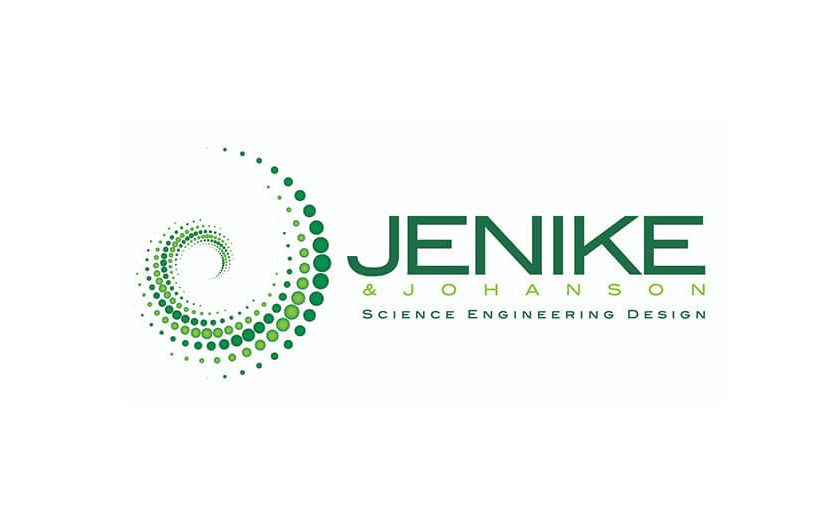
Type “how did we do” into your search engine and you’ll get over 2 billion hits, many of which are requests for people to fill out online surveys. When feedback is the subject of conversation, everyone nods and acknowledges its importance.
The value of feedback does seem obvious. In addition to the opportunity and motivation for improvement that constructive criticism offers, positive comments from clients can be a very good marketing tool. Whether the feedback is good or bad, you need to know. As an engineer, I believe that we owe it to ourselves, and those we serve, to be constantly looking for feedback. Careful evaluation of, and a willingness to adapt to, feedback is the route to improvement and progress. Having said that, I recognize that it is difficult to use every opportunity or even to be disciplined about creating opportunities to ask for feedback.
I am often asked to provide feedback, but rarely feel that the request is heartfelt. I recently went to a restaurant that had failed twice before, but had acquired new management and put up new signage that advertised my husband’s favorite beer on tap. That got us through the door, but the mediocre food, stingy portions, server inexperience, hefty prices, and lack of the advertised beer, lost us. When the server asked if we enjoyed our meal we nodded reassuringly, but when she was out of earshot we looked at each other and said, we’re not coming back – at least not until the next new management takes over. We did not feel compelled to be frank. What is worse, is that my warnings to friends and neighbours since then, are essentially an unanswered negative ad campaign against them. Part of me feels guilty about not giving them the opportunity to possibly change things for the better, but nothing they did made me feel that my efforts would be appreciated.
I usually do not go in for the “New Year’s resolution” thing, but just before the New Year, I had been thinking about whether I should try it. The idea of increasing my feedback requests was one I liked and although I did not formally recognize it then, I did start focusing a higher percentage of my energy in that direction. (I also have vowed with a little success, to keep better timesheets!)
I was in this frame of mind when an opportunity more or less fell into my lap. A past client who has been involved with Jenike & Johanson since before my time was hoping to find a copy of a functional recommendations report that I had written 6 years ago for some new bins. After agreeing to help, I asked about how the bins were operating. He said that they, in fact all the bins designed by Jenike & Johanson over the years, were their best-behaved bins. I responded that this sounded like a perfect quote for my as-yet-unadorned LinkedIn page and would he mind recommending us. I was rewarded!
Then, a colleague of mine, who was putting together a slide presentation to advertise Jenike & Johanson’s capability in the arena of chute design, asked for examples of chutes that we had designed, for abrasive materials at very high throughput rates, that had been installed and that we knew were working well. I wanted to help, so I started calling past clients. I have often wondered what became of my recommendations. I like to tell myself that because they didn’t call me, the chutes must be working, but I knew too that there were other possibilities: they might never have been built, or they may have been modified etc. I have even gone so far as to tell myself that I would put some time aside for finding out, but it never really seemed get to the top of the priority list.
In a recent blog, I stressed the importance of involving experts like Jenike & Johanson early enough in material handling projects. One of the corollaries of this though, is that there is quite a lot of engineering that must happen between the issue of our recommendations and the resulting detail drawings. Complex changes such as modifications to the flow sheet or major equipment, all the way to more simple changes like height restriction because of layout changes, can affect the success of the system. To combat this, we strongly recommend that any detail drawings resulting from our recommendations be reviewed before fabrication to ensure that any design details or changes are consistent with reliable material flow. In a way, this is a form of feedback. Through this mechanism, we can learn what our clients value, what pitfalls they face, and how well we foresaw their needs and communicated the importance of the various parts of our recommendations.
In my quest to obtain recommendations to help my colleague, I was very happy to learn that our work had been well received and that barring any confidentiality issues most of our clients would be happy to act as references.
I used to congratulate myself with a job well done when I heard, as I often did, “What bin?” in response to the question “How is the bin working?” It must be behaving so well that it was not on anyone’s radar! I have to say though, I prefer “Oh, that bin, I know which one you mean, it’s awesome!”
I want more, but how to go about it?
A few weeks ago, my family and I went out to eat and at the end of the meal the server promised me a coupon for $10 off our next meal if I would go immediately online using my smart-phone to complete and submit a guest comment survey. When I showed her the QR code evidence that I had completed it, she handed over the coupon.
If they can do it, so can I, and so can you. I am therefore making it official; I want more feedback. I plan to follow up on past projects and proposals issued but not won. I invite any of my clients reading this blog to drop me a line and let me know how we have helped and if there is anything we could do to improve. And if you are a client of mine, don’t be surprised if you hear from me soon!




